Activities
Acropole Hotel Delphi
Activities
Delphi Area of Interests

Delphi
Delphi, with a population of 1,500, is one of the most beautiful and impressing landscapes of Greece, and the centre -“Omphalos “- of the world, according to the ancient myth. It was already inhabited in the prehistoric times and later -especially during the classic times- obtained great historic importance, as it has been linked with the most significant events of Greek history. Apollo, the God of catharsis and the genuine oracle, dominated earlier forms of worship in the Delphi. He taught people the “metron”, that is prudence and modesty, which became the most ethical and peaceful expression of the Greek spirit. The famous Oracle of Delphi, where the god’s divination was given through the mouth of Pythia, was directed by the so-called priesthood, that is priests with deep mystic education.
DELPHI IN HISTORY
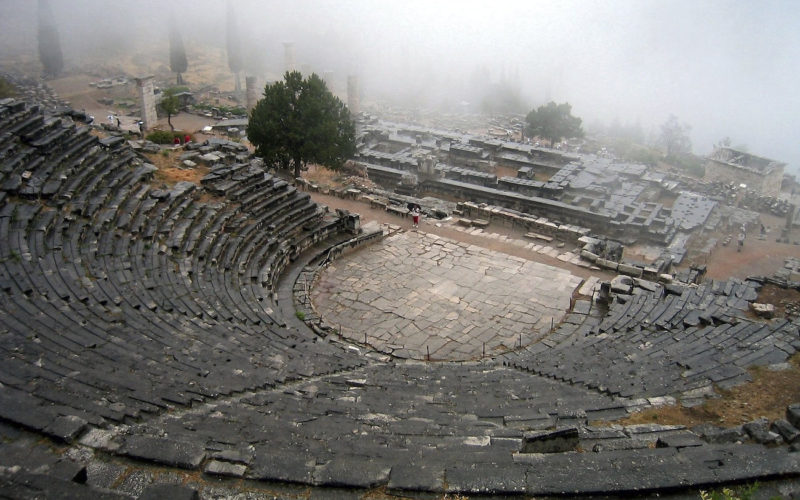

HOUSE OF SIKELIANOS
ARACHOVA VILLAGE
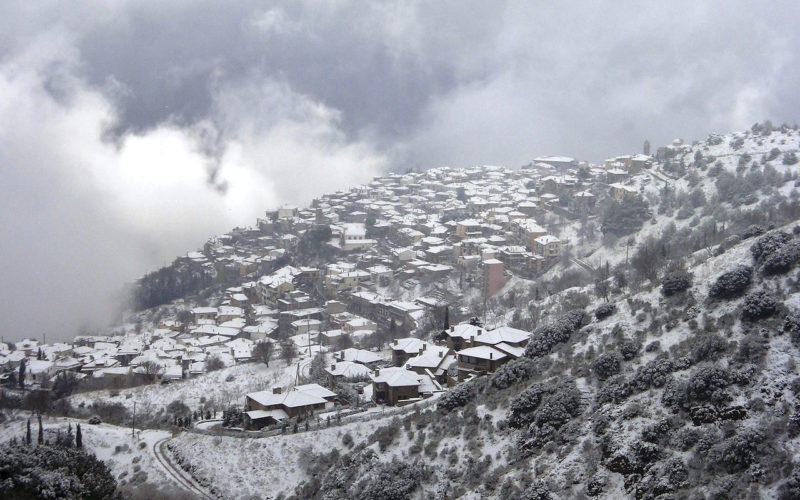
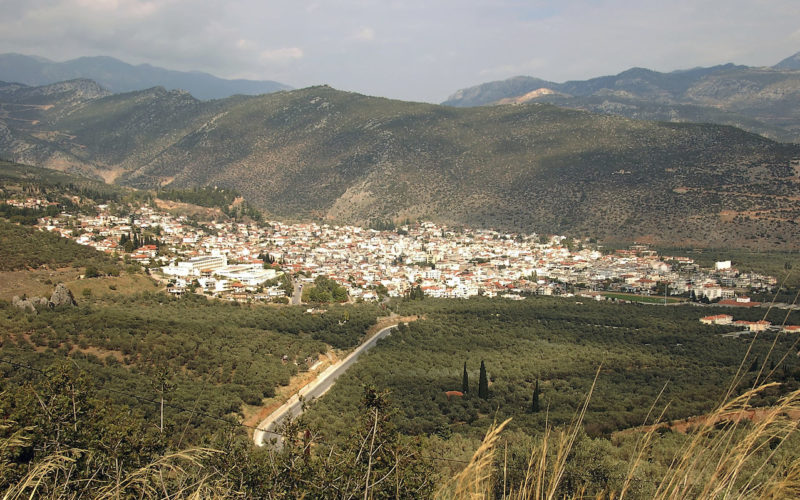
AMFISSA TOWN
ITEA - KIRRA TOWN
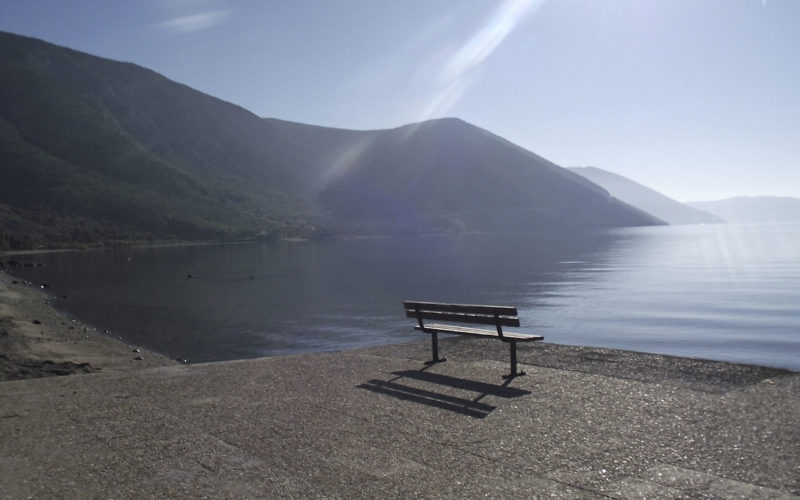
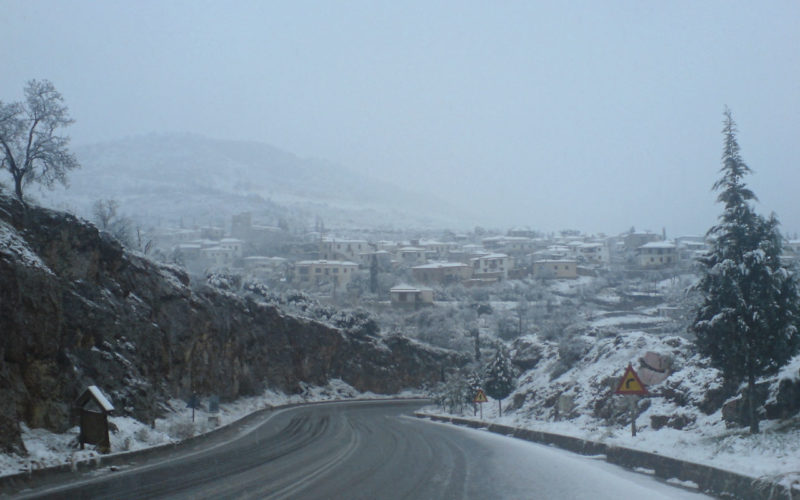
CHRISSO VILLAGE
MONASTERY OF PROPHET ELIAS
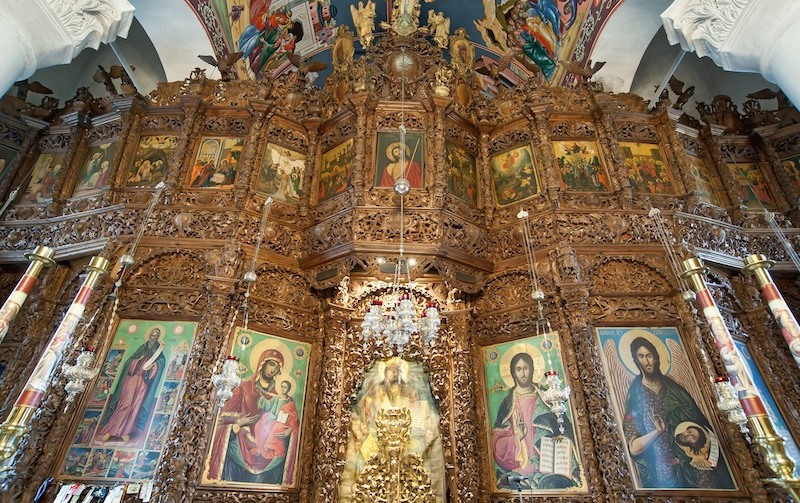
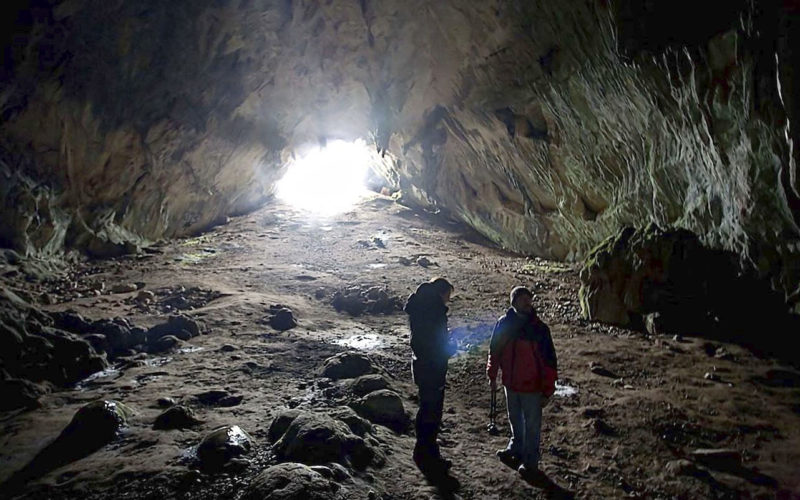
TREKKING
MONASTERY OF HOSIOS LOYKAS
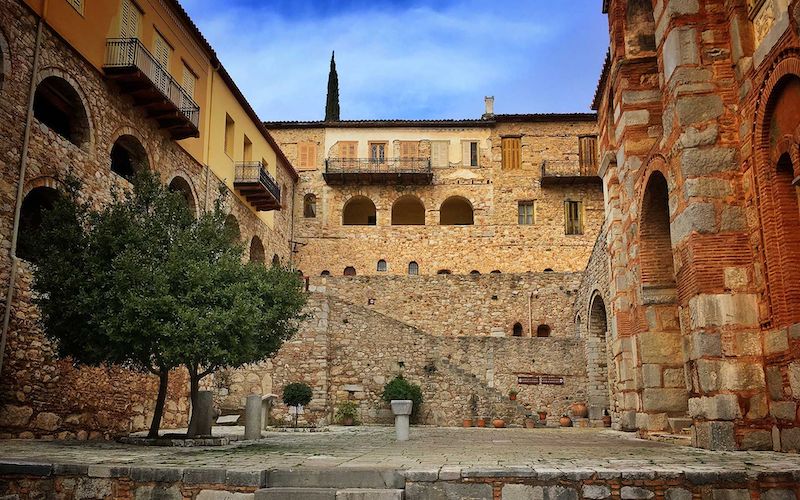
CONTACT US
Delphi, Fokida, 330 54,
13 Filellinon Street, Central Greece
T + (30) 22650 82675
F + (30) 22650 83171
E delphi[AT]delphi.com.gr
COPYRIGHT © 2021
MHTE:1354K013A0063400

